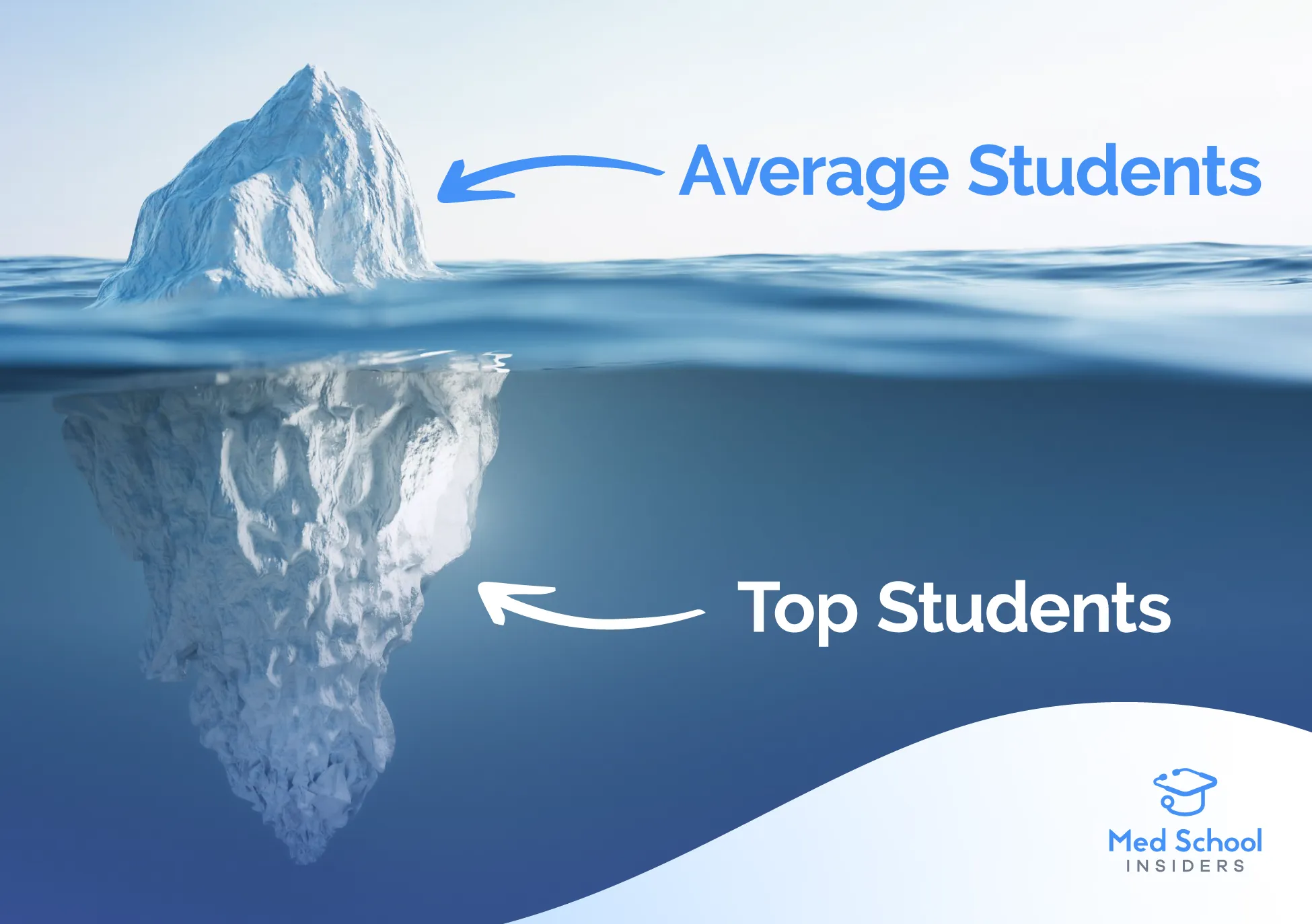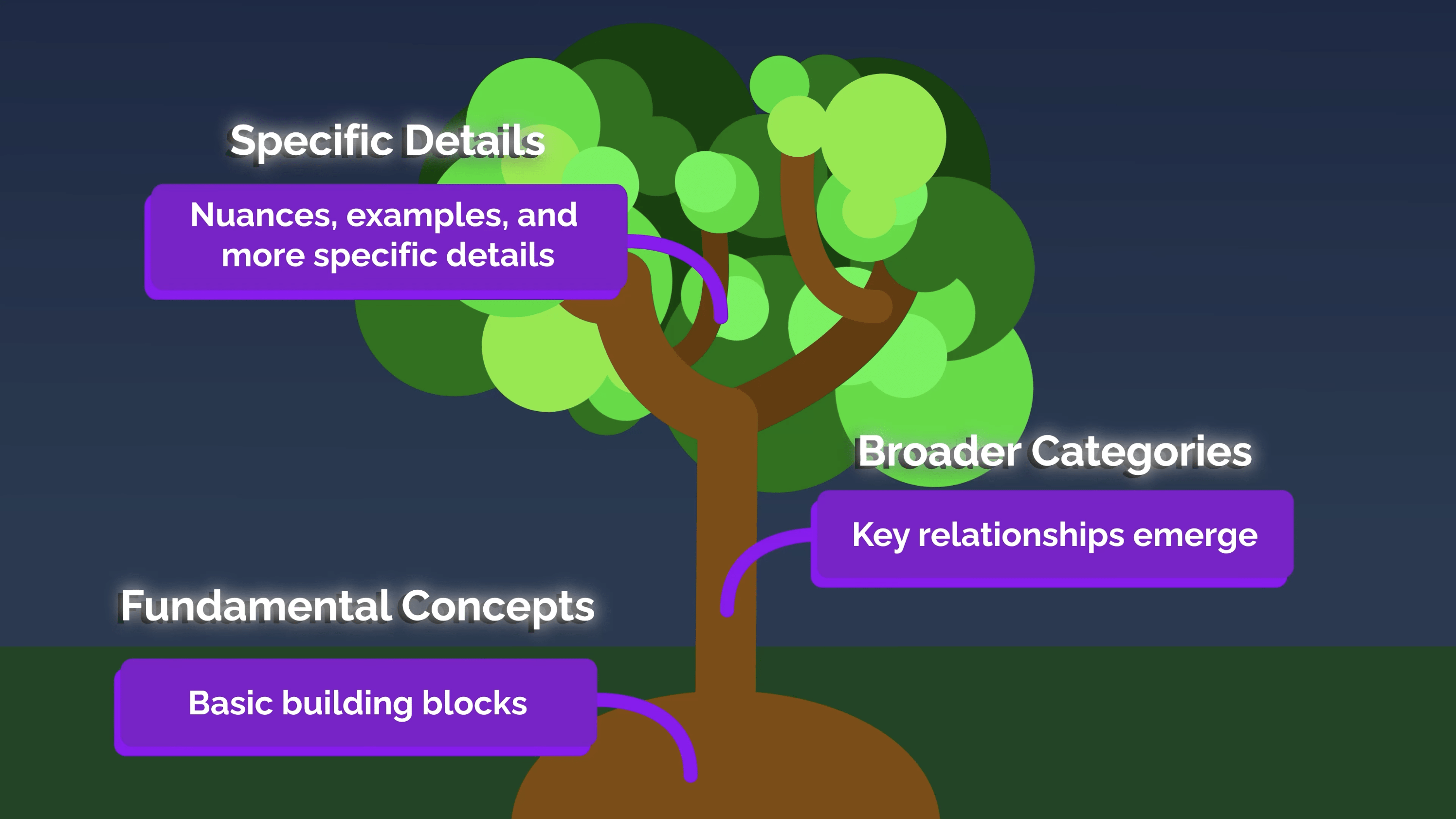How Much Do Doctors Actually Make?
Stop relying on the average doctor salary. We break down the pay difference between specialties and how RVUs & procedures impact your compensation.

A plastic surgery attending during my away rotation as an MS4 asked me a question that completely stumped me: “Do ears have muscles?”
It was high stakes. I wanted to have the correct answer for the attending, but I hadn’t studied this yet. The adrenaline started to kick in, but even though I didn’t know the answer, I still managed to impress him.
Why? Because of one key tactic that helped me not only when I was pimped in the OR but also to crush exams over and over again in medical school.
But before I tell you how I answered the ear question, you first need to understand why average students score average marks: Most med students try to brute-force their way through medicine by memorizing everything.
But top students? They think differently—they apply frameworks, reason through tough situations, and don’t panic when they don’t know the answer.
With this guide, you’ll learn how to do just that—and why it matters.
This is why memorization alone fails.
First, patients don’t come with multiple-choice options.
Second, exams reward pattern recognition and logic, not just recall.
And third, you’ll get pimped on stuff you haven’t seen—and your ability to reason matters more than what you’ve memorized.
Ultimately, at the end of the day, you can never have every single fact memorized, and reasoning your way to the answer with imperfect information is the only way that you can improve your odds of getting the answer right.
So, how did I reason my way into correctly answering a question I didn’t know?
Going back to the away rotation in the OR when I was asked whether or not ears have muscles…
I didn’t know the answer off the top of my head. At first I thought: “Damn—I wish I’d studied the ears earlier” (even though it wasn’t a subject I was currently on and this wasn’t a scheduled case I could have prepared for). But then, instead of panicking or immediately saying I didn’t know, I leaned on a concept that shows up all over human anatomy: homologous evolution.
I reasoned out loud that if animals like cats and dogs can move their ears, they must have muscles dedicated to that function. Given our shared evolutionary ancestry amongst mammals, it’s likely humans have similar ear muscles—they’ve just atrophied or become vestigial over time. After all, the appendix is a vestigial organ that served our evolutionary ancestors, so it’s not unreasonable to assume that something similar happened here. That explains why most people can’t move their ears, but every now and then, you meet someone who can.
So yes, ears do have muscles.
The attending told me he was less impressed that I got the correct answer and more impressed by how I got there. He liked the way I thought it through—applying evolutionary logic to anatomy.
And that’s a key takeaway: In medicine, whether you’re being pimped in the OR or tackling a board question, being able to reason through unfamiliar territory often matters more than rote memorization.
This is what top students do. They reason and apply critical thinking, and that shows up not just in rotations but on exams, too.
What we’re talking about is organizing knowledge in a hierarchical and interconnected way, starting with foundational concepts before focusing on the details.
No matter your views on Elon Musk himself, he popularized the concept of the “Semantic Tree of Learning,” which provides a clear visual of what we’re talking about here.
The roots are the foundational concepts and basic building blocks that everything else grows from and builds upon. The trunk and major branches represent broader categories and are where key relationships emerge. Smaller branches and leaves are the nuances, examples, and more specific details of what you’re learning.
It’s essential to master core concepts before memorizing the details.

If you seek understanding, memorization usually follows—apart from facts that have no specific reason behind them, such as an arbitrary date in history or the mass of an object. You won’t understand the value of those numbers, so in these cases, you will simply need to commit the facts to memory.
But for most concepts, it’s not just about memorizing the material—it’s about understanding it on a deeper level. This enables you to understand the relationship between various components within a concept, so you’re able to reason through tricky or unfamiliar questions on test day.
What does the person who understands have over the memorizer? They can answer questions correctly despite never encountering or studying them before. They can reason their way through complexities and answer various versions of similar questions.
For example, take the equation of cardiac output, which is equal to heart rate times stroke volume. If you memorize the equation itself, you can plug in the numbers easily enough, but if you actually understand the equation, you can answer complex or unfamiliar questions.
A test question might look like this:
A 68-year-old male presents with shortness of breath on exertion. Physical exam reveals bilateral lower extremity edema and elevated jugular venous pressure. Echocardiography shows impaired left ventricular contractility. Which of the following compensatory mechanisms is most likely to help maintain adequate cardiac output in this patient?
A student who only memorized that cardiac output equals heart rate times stroke volume may be drawn to and tripped up by the key word “heart rate” in answer choice B. But a student who understands the physiologic meaning of stroke volume and how it’s determined can apply deeper reasoning.
Stroke volume is end-diastolic volume minus end-systolic volume. With impaired left ventricular contractility, you’ll get increased end-systolic volume, which means reduced stroke volume. Therefore, cardiac output will drop unless some compensatory mechanism kicks in.
So, which option would help?
With A, increased afterload, it would make it harder to eject blood, which means it worsens the stroke volume, and is not compensatory, so you can eliminate it.
With option B, a decreased heart rate would reduce cardiac output, so this answer choice can be eliminated.
With option C, increased end-diastolic volume leads to more preload. This can stretch the myocardium and enhance contractility via the Frank-Starling mechanism, which would help maintain cardiac output. This makes this option a strong contender.
And finally, with option D, decreased venous return results in less preload, which means less stroke volume, which would worsen the cardiac output. Therefore, we can eliminate this option.
Answer C is our best choice.
Here’s another example.
I remember a time in one of my senior year neuroscience upper division courses when memorization over understanding played out to the detriment of most of my classmates.
My professor asked us if the delayed rectifier potassium channels, or Kv, in a neuron had a significantly increased activation threshold, what would be the resulting effect on the shape and propagation of the action potential?
It was clearly a hypothetical question, and most of the class was stumped. Why? Because this wasn’t a regurgitation question. We were never directly taught this scenario, but it was testing whether we understood how the components of an action potential interact.
Here’s how I approached it.
Kv channels are responsible for repolarizing the membrane after the depolarization spike. If those channels require a higher voltage threshold to open, they’ll activate later, meaning repolarization is delayed. That means the falling phase of the action potential is prolonged. You’d see a broader, more drawn-out waveform. Also, the refractory period is extended since the cell stays depolarized longer. As a result, firing frequency decreases, and signal propagation down the axon slows.
I didn’t memorize this. I understood the dynamic interaction between sodium and potassium channels and how tweaking one variable changes the entire system.
The overwhelming majority of my class missed that question. It was only one other student and I who aced the test because we actually knew how to apply what we had learned, not what we had memorized.
So, how can you put this superpower into practice?
It all starts with how you study.
First, practice reasoning verbally. Don’t just memorize—teach the concept to someone else.
This is also known as the Feynman Technique. By explaining a concept to someone else, you ensure you understand it inside and out.
Consider how you would explain the concept to your grandmother or a child. How could you simplify your explanation so that anyone could understand the concept, regardless of their medical or scientific background?
We even had a comment from a viewer once who said they practiced the Feynman Technique by setting up their favorite stuffed animals to explain the complex concepts they were studying.
The magic of the Feynman Technique is that as you try to explain a concept to someone else, you will naturally identify areas you are having difficulty explaining. You can then return to your textbook to fill in the gaps in your understanding.
But you can challenge yourself one step further for even greater comprehension by asking your study buddies, who are likely in the same class, to poke holes in your own understanding. Don’t settle for knowing the correct answer; pressure test everything you think you know.
Next, when utilizing practice problems, which you should be using right from the beginning of your studying, ensure you understand why you got an answer right or wrong.
Was it luck that you answered correctly? Did you use a process of elimination? Or do you actually understand the concepts being tested in the question?
Far too often, students only focus on examining the practice questions they got wrong when there’s also much to learn from the questions they got right.
Next, apply critical thinking on test day.
Like the examples we shared earlier in this video, don’t let an unfamiliar question or something you think you don’t know stump you. If you encounter a question you’re unsure of, stop, take a breath, and see if you can reason your way to the correct answer.
Don’t think that just because you don’t have that fact memorized, you’re stumped. Understand that you have a breadth of knowledge that is adjacent or relevant to the thing you’re being asked. What else can you pull from prior knowledge and experience that can help you?
When I was stumped on the ears, I thought back to homologous evolution.
When you’re stumped on test day, think back to other related or similar concepts that you can pull from to help you understand what could be happening here. And if you need to make assumptions, think about which assumption would be most likely. Ask yourself: What else would have to be true for this to be the correct answer?
These are the types of powerful test-taking tactics we’ve covered before and have summarized into an actionable, downloadable cheat sheet. It covers all of the secret tactics of students who consistently score in the top 1%.
Stop relying on the average doctor salary. We break down the pay difference between specialties and how RVUs & procedures impact your compensation.

Are you built for the Emergency Department? We reveal the 6 signs that prove you’re destined to succeed in emergency medicine.